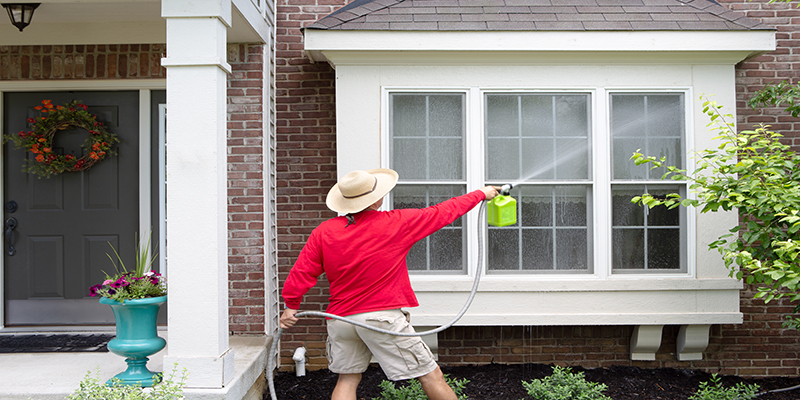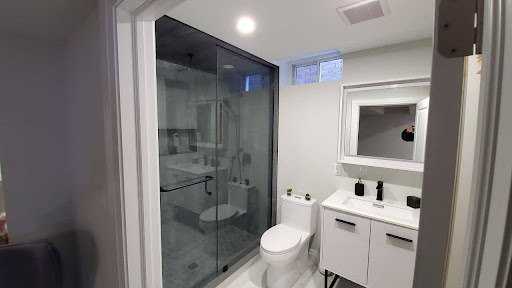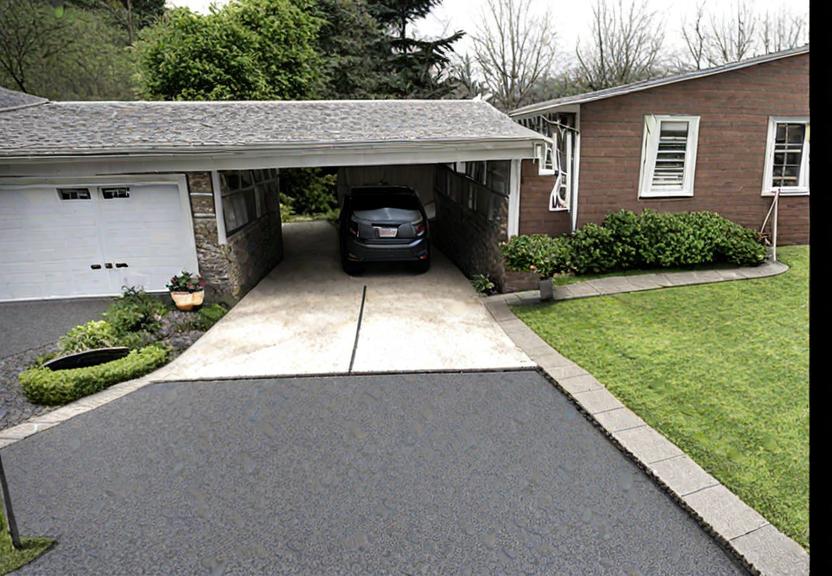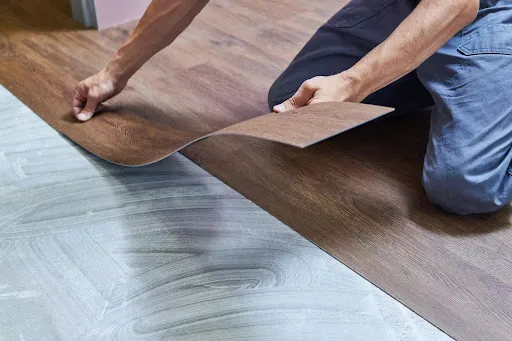The exterior of a house is the first thing visitors and passersby notice, making it essential to maintain a clean and well-kept appearance. Exterior house washing offers a simple yet powerful solution to refresh the look of your home and protect its surfaces from the damaging effects of dirt, grime, mold, and mildew. This article will explore the benefits of exterior house washing, different washing methods, safety precautions, and the advantages of hiring professionals to ensure a pristine and long-lasting result.
Table of Contents
Benefits of Exterior House Washing
- Improving Curb Appeal and Property Value- A clean exterior creates a positive first impression, instantly boosting your home’s curb appeal. Potential buyers are more likely to be attracted to a house with a well-maintained exterior, leading to increased property value and a higher resale price.
- Preventing Damage to the Exterior Surfaces- Dirt, mold, and algae can gradually deteriorate exterior surfaces, such as siding, brick, stucco, and wood. Regular house washing removes these contaminants, preventing premature wear and tear and saving you money on costly repairs in the long run.
- Enhancing the Longevity of Paint and Siding- A layer of dirt and grime can diminish the lifespan of exterior paint and siding. House washing clears the surface of any substances that may compromise paint adhesion or lead to fading, prolonging the attractiveness and protection provided by your home’s exterior finish.
- Promoting a Healthy Living Environment- Mold, mildew, and algae growth not only affect the appearance of your home but also pose health risks. Exterior house washing eliminates these potential hazards, ensuring a cleaner and healthier living environment for you and your family.
Different Methods of Exterior House Washing
- Pressure Washing- Pressure washing employs high-pressure water to remove dirt, grime, and contaminants from exterior surfaces. It suits robust materials like concrete driveways, brick walls, and stone pathways. However, caution must be exercised with delicate surfaces, as excessive pressure can cause damage.
- Soft Washing- Soft washing is a low-pressure method that utilizes specialized cleaning agents to break down dirt and organic growth without relying on high pressure. It is the preferred method for cleaning more delicate surfaces, such as painted siding, vinyl, and roofs. Soft washing effectively eliminates mold and mildew without causing any harm to the underlying materials.
Assessing the Exterior Cleaning Needs
Before beginning the house washing process, it is essential to thoroughly assess the exterior’s cleaning needs. Inspect the house for accumulated dirt, grime, and stains. Pay attention to mold and mildew growth areas, which require special treatment. Consider the type of surfaces on your property, as each material may have specific requirements for cleaning.
Safety Precautions and Preparations
House washing, especially when using pressure washing equipment, can be hazardous without care. Safety gear, including goggles, gloves, and protective clothing, should be worn to shield against potential splashes and chemical exposure. Before washing, secure surrounding areas and cover plants to avoid damage. Address potential hazards and obstacles to ensure a safe and efficient cleaning process.
House Washing Techniques
- Pressure Washing Technique- To pressure wash effectively, adjust the pressure settings according to the cleaned surface. For instance, concrete driveways can tolerate higher pressure, while siding and painted surfaces require lower pressure settings to avoid damage. Utilize appropriate cleaning solutions for added efficiency and removal of tough stains.
- Soft Washing Technique- When soft washing, the cleaning agents play a crucial role in breaking down contaminants gently. Dilute the chemicals correctly and apply them evenly on the surface. Allow sufficient dwell time for the cleaning agents to work effectively. Rinse off the cleaning solution using low-pressure water to prevent any damage.
Dealing with Mold, Mildew, and Stains
Identify areas affected by mold, mildew, and stubborn stains. Use appropriate cleaning agents and techniques to eliminate these issues effectively. Preventive measures should be taken to inhibit mold and mildew regrowth in the future, prolonging the cleanliness of your home’s exterior.
DIY vs. Professional House Washing
While some homeowners may attempt DIY house washing, professional services offer several advantages. Professionals possess the expertise to handle different surfaces, understand the appropriate cleaning methods, and have access to commercial-grade equipment. Hiring professionals ensures a thorough and efficient cleaning process, giving you peace of mind and stunning results.
Post-Washing Care and Maintenance
After the house washing process, inspect the results and address any remaining issues. Take steps to protect and maintain the cleaned surfaces. Regular house washing should be scheduled to maintain the beauty and longevity of your home’s exterior.
Eco-Friendly House Washing Practices
Emphasize the use of biodegradable and eco-safe cleaning agents to minimize environmental impact. Properly dispose of wastewater and chemicals according to local regulations. Encourage homeowners to adopt eco-friendly practices for a cleaner and greener community.
Conclusion
Exterior house washing is a powerful tool for enhancing curb appeal, protecting your investment, and maintaining a healthy living environment. Whether opting for pressure washing or soft washing, the benefits of a clean and well-maintained exterior are undeniable. By prioritizing safety, employing appropriate techniques, and considering professional services, homeowners can enjoy a beautiful and long-lasting exterior that will envy the neighborhood. So, why wait? Treat your home to a rejuvenating wash and relish the transformative effects of a fresh and inviting exterior.
This article is provided by ProFlo Pressure Washing & Gutter Cleaning





